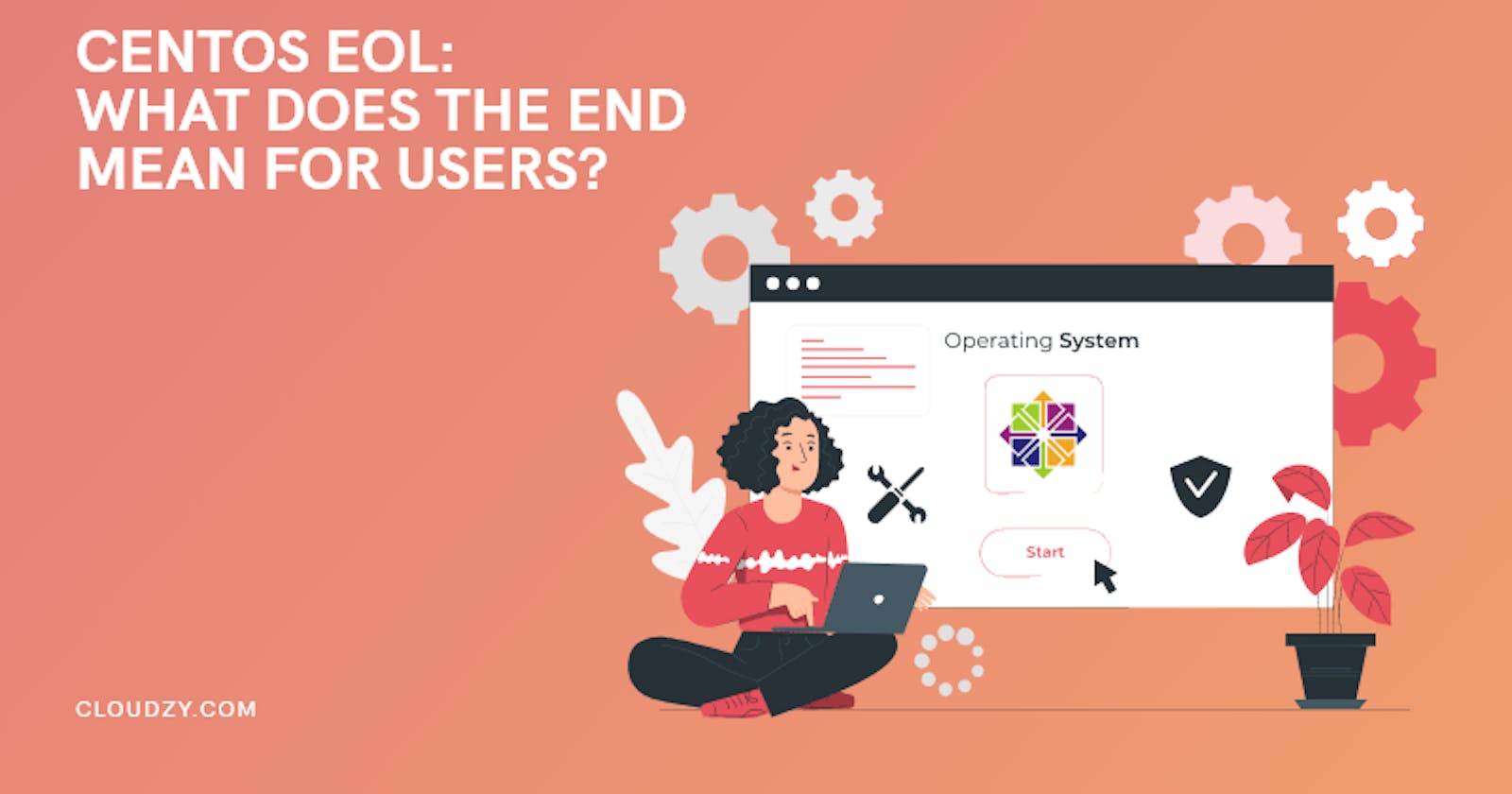Why Was CentOS So Popular?
To better understand the hole that the death of CentOS has left in the OS world, it’s useful to go over some of the reasons that made it popular with the nerdier echelons of computer OS users. This will, in turn, help us understand the needs that a potential alternative to CentOS has to fulfill.
Stability As highlighted by LinuxHint in this elaborate article, CentOS and its derivatives were stable OS platforms that facilitated the easy execution of complex and heavy operations on any decent computer. This made the OS very popular with people who depended on stable computers for their work.
An Open Source OS The Open Source nature of an upstream OS was one of the key aspects that made CentOS appealing to its user base. With a wide section of CentOS users already being coders and software developers, the open-source approach made it possible for the target audience itself to become involved in a global process of improving on the product, a major plus for any OS, but especially one so focused on this particular crowd.
It Was Free (And Had Less Updates) In what is a jab at the likes of Windows, CentOS products came free of charge. They were also in a ready-to-market and ready to enterprise state that made them popular with many developing companies and individuals, This evidence is why centos was chosen to host cPanel or install PPTP VPN on it. Previously, we mentioned its world-class stability. Contrary to Windows and its notorious constant update packages, the inherent stable coding of CentOS made very few updates necessary. This in turn spared its users the plague of updates that Windows brings with itself.
Why Did CentOS EoL Happen?
CentOS, as we knew it, is dead. Users are already moving on to other OS products to look for an alternative. But it is important that we look at the reasons that CentOS EoL came to happen. As the news came out, it became clear that the final decision was not up to the original CentOS crew. Instead, the Red Hat executive board had the final say in the decision. What were the motives behind the decision? The answer to this question will help us not to become too dependent on a certain OS, as it is possible at any moment for its plugs to be pulled. Many CentOS 7 users, for example, are yet to come to terms with the infamous CentOS 7 EoL.
Too Much for Too Little Towards the end of 2021, rumors were that RedHat was looking at a new brand direction aimed at more profitability. While CentOS and its derivatives were the flagship products of RedHat at the time, their free-of-charge philosophy was made without RedHat’s involvement. The decision was made by original CentOS developers and not by RedHat. On the other hand, a change of this policy after all this time would have killed the popularity of the product anyway. The constant efforts to fix bugs and come up with newer and upgraded versions, in the end, proved too much for RedHat, and the plug was pulled.
Side Project Hindrance In late 2021, at the onset of the news of CentOS EoL, one of the RedHat executives announced that one of the main reasons for their decision was the fact that the active development of CentOS took up a significant part of their operational capacity for what was very small returns. Over time, Red Hat’s biggest acquisition had become its greatest financial burden. This, coupled with the fact that there was no operational capacity to allocate to side projects, made the decision for the infamous CentOS EoL.
Why is CentOS EoL Such A Big Deal?
What’s the big deal about it? Well, CentOS has been used by experienced Linux users for years as their Linux server. CentOS was the default operating system for the great majority of online and server hosting firms. CentOS is also used by a lot of people to TMD Host their own remote servers and websites.
This is not a minor issue. Apart from the damage that this caused the small firms, the damage goes beyond this. For years IBM’s consulting practice advised customers to use CentOS. CentOS is used by European designer houses that would have never let someone offer a replica of their favorite server OS. CentOS’s influence also goes beyond this, as it is used to power China’s whole telecom infrastructure. To understand the true influence of CentOS, it suffices to say that large parts of Facebook’s development also took place on CentOS.
